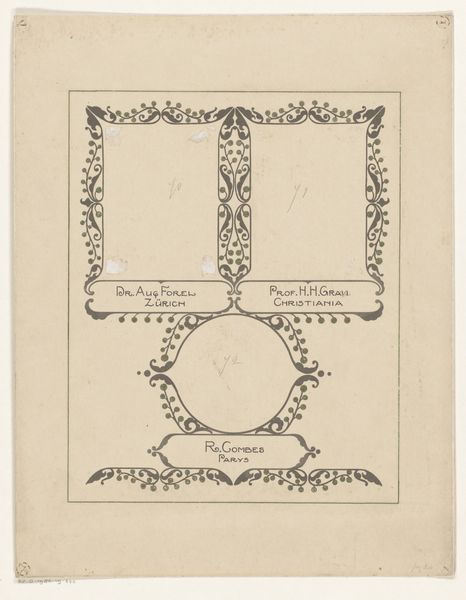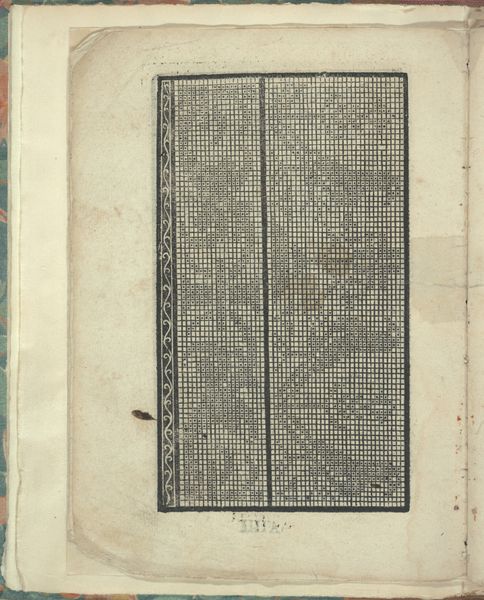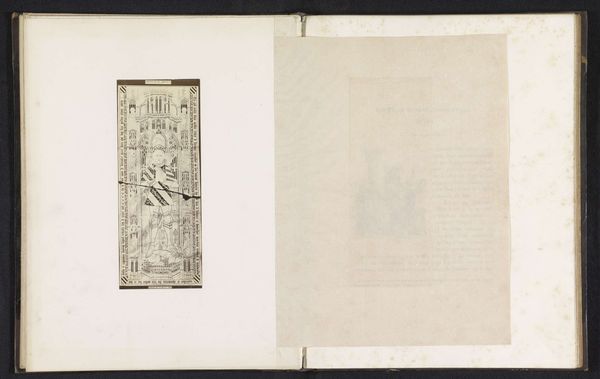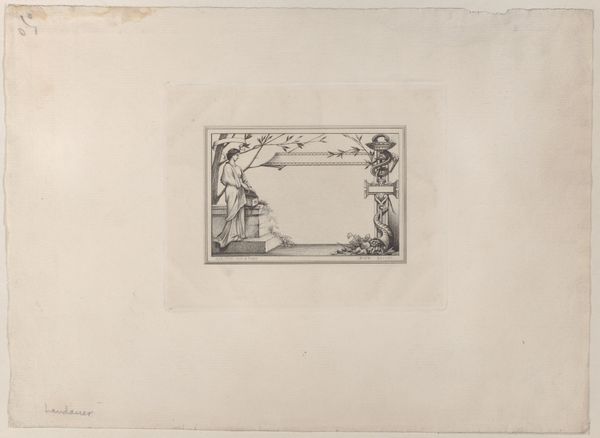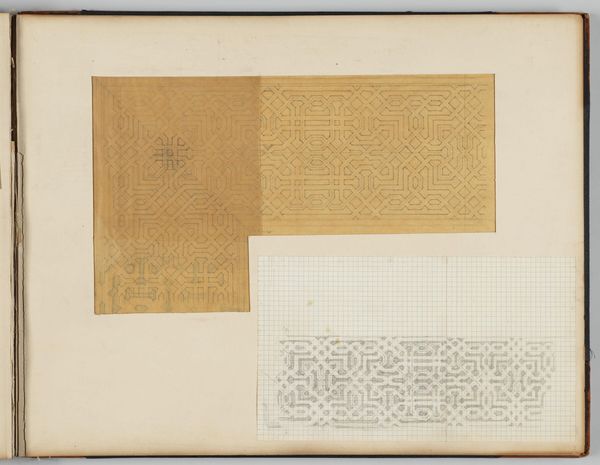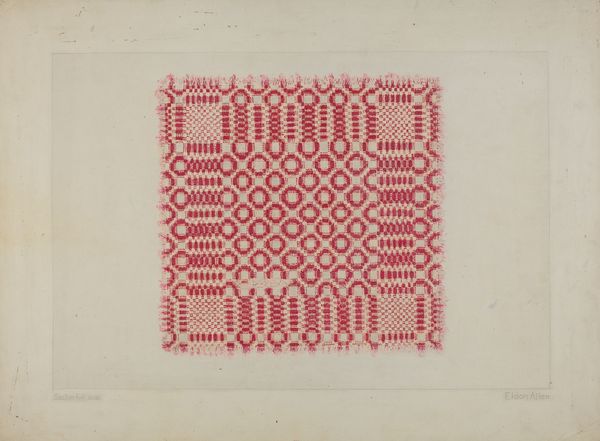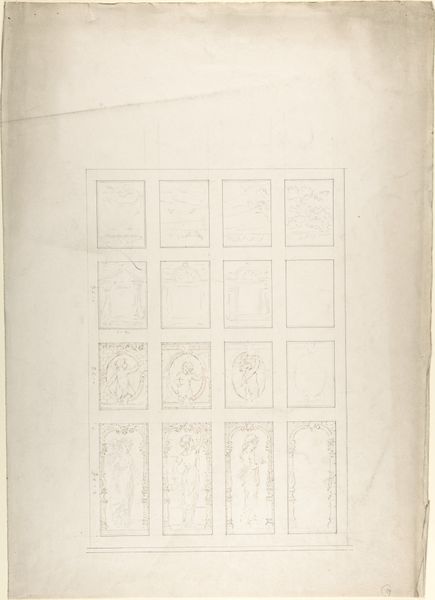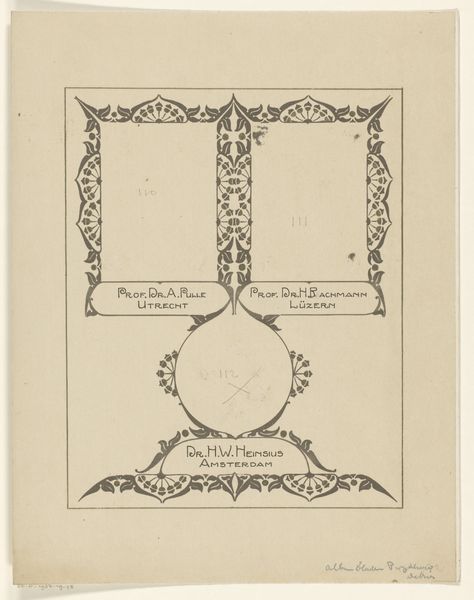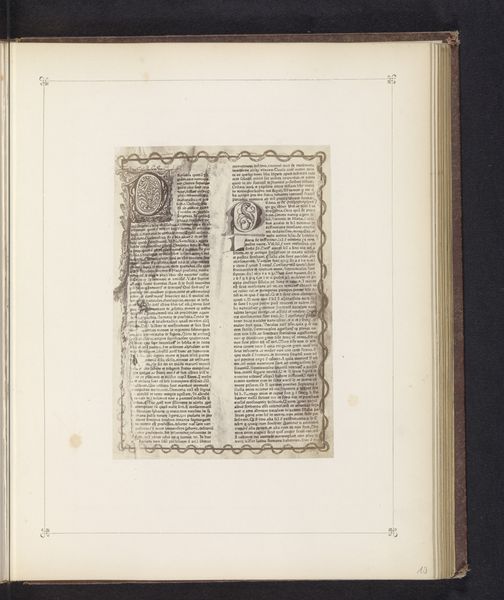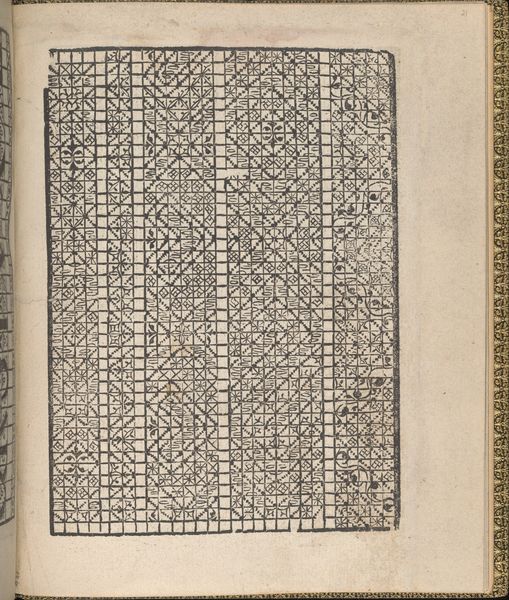
Verklaring bij de allegorie ter ere van de koning van Pruisen voor zijn herstel van het stadhouderschap van Willem V, 1788 1789
0:00
0:00
johanneslefrancqvanberkhey
Rijksmuseum
print, paper, typography, engraving
#
neoclacissism
#
narrative-art
#
ink paper printed
# print
#
old engraving style
#
paper
#
typography
#
history-painting
#
engraving
Dimensions: height 450 mm, width 535 mm
Copyright: Rijks Museum: Open Domain
Editor: This is "Verklaring bij de allegorie ter ere van de koning van Pruisen voor zijn herstel van het stadhouderschap van Willem V," created in 1789 by Johannes le Francq van Berkhey. It’s an engraving printed on paper. It seems so…formal and text-heavy. What can you tell me about this print? Curator: I see it as a fascinating record of power structures and print culture in the late 18th century. Consider the material conditions of its creation. It’s not just about commemorating an event, it’s about the labor involved in engraving the plate, the cost of the paper, the printing process itself. Editor: So, you are not looking so much at the image of power but at how that image was made, using printing techniques and so on? Curator: Exactly. The typography, the engraving—these weren't neutral choices. They speak to the artist's social class and the intended audience. Think about who could afford this and what its purpose would have been. Was it for widespread distribution, or a more limited elite audience? Editor: I see, it highlights access and class… How does that compare to painted works meant for a wealthy family's private enjoyment? Curator: Precisely! This engraving, in its reproducibility, suggests a different mode of consumption, maybe even propaganda. It bridges high art and a kind of early mass media. The ink, the paper, even the act of reading – all become part of the artwork's meaning. We tend to consider such works on paper as not as "high art," so it is important to consider their cultural and economic worth. Editor: I’ve never thought of prints this way. It makes me think differently about the art production. Thanks. Curator: Indeed, viewing art with a materialist approach really illuminates the labor, processes and access within the broader socio-political landscape.
Comments
No comments
Be the first to comment and join the conversation on the ultimate creative platform.
